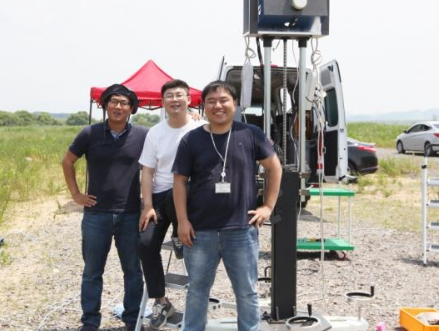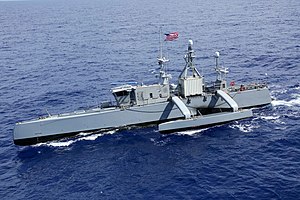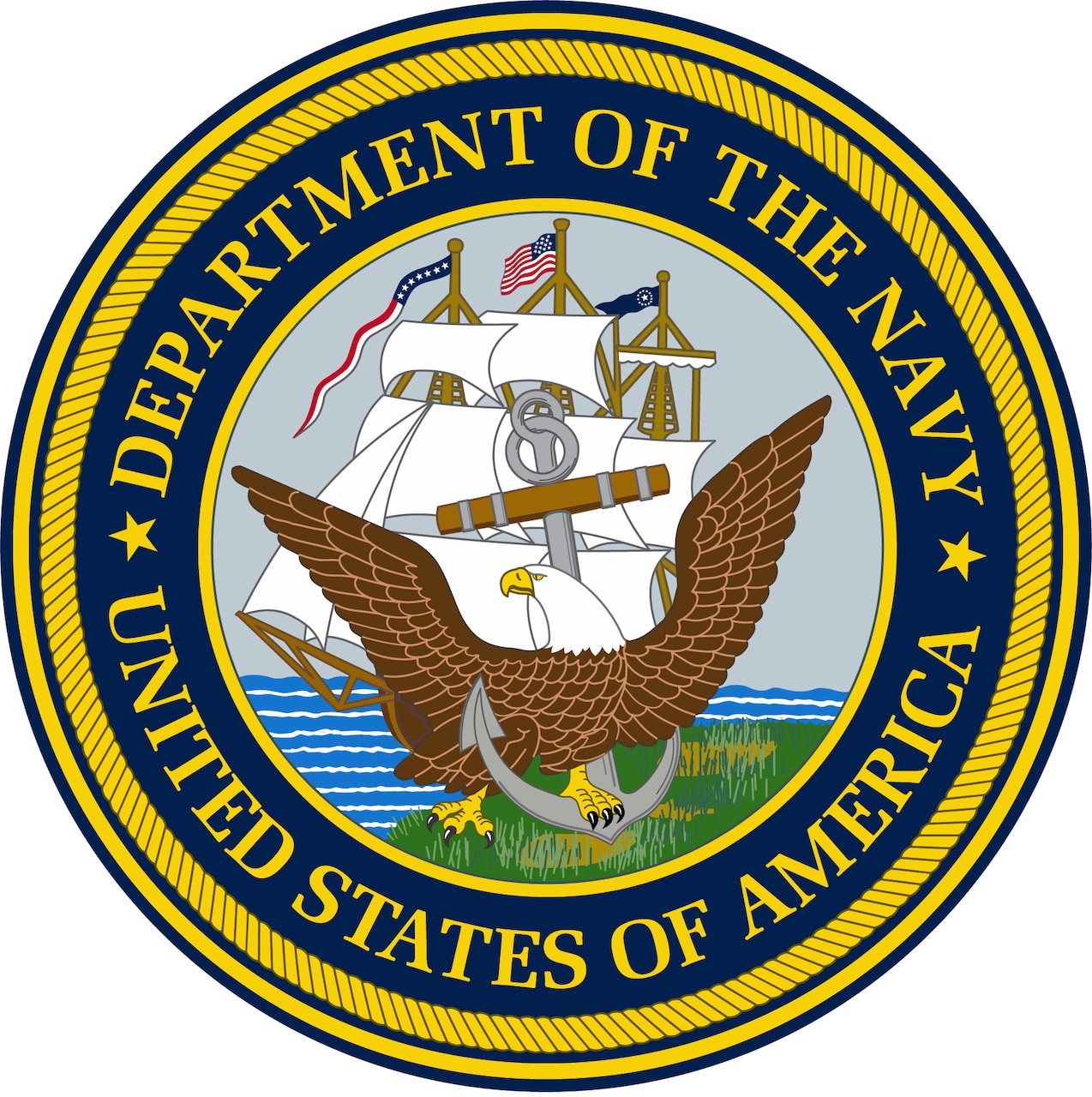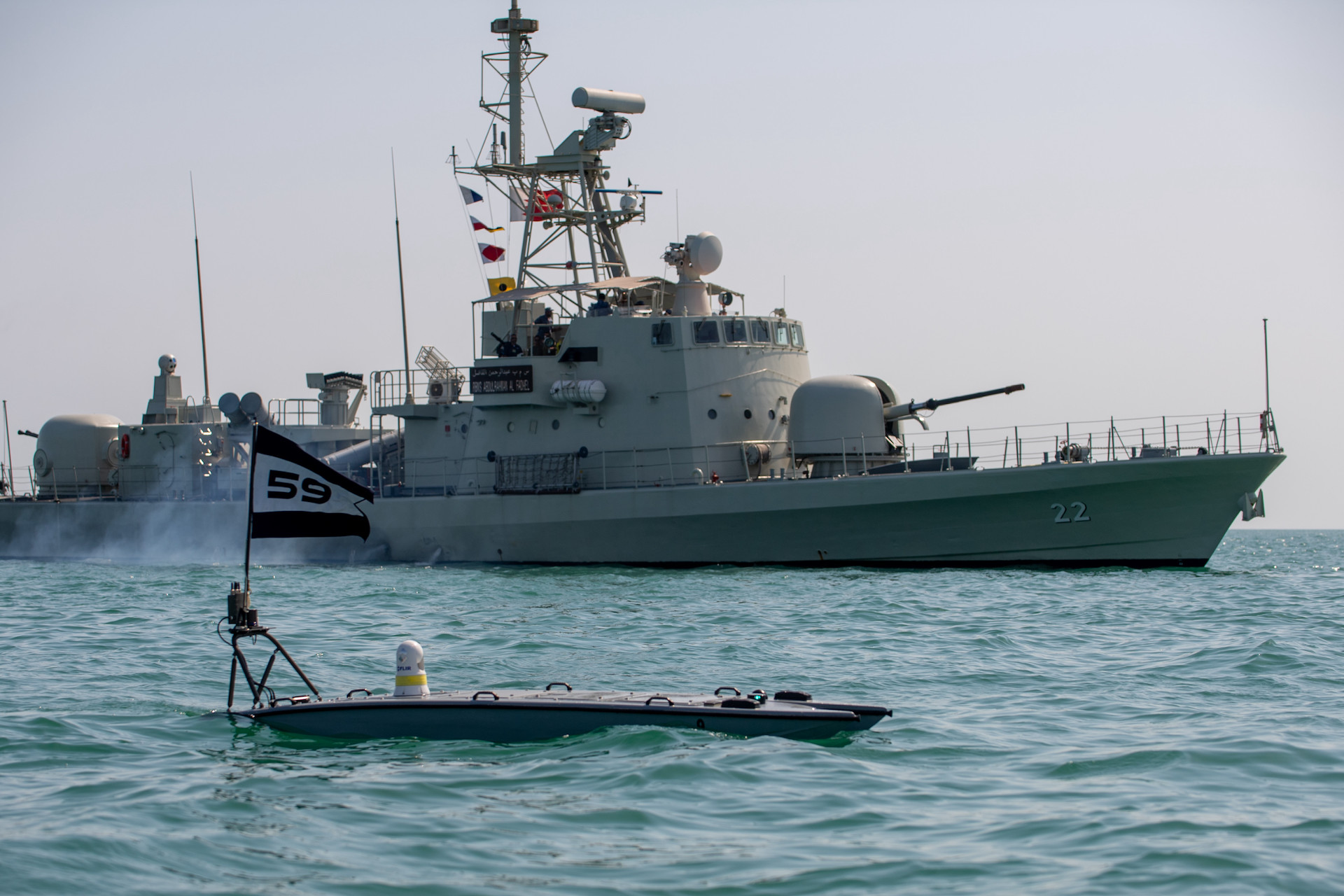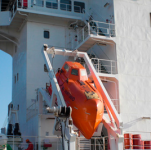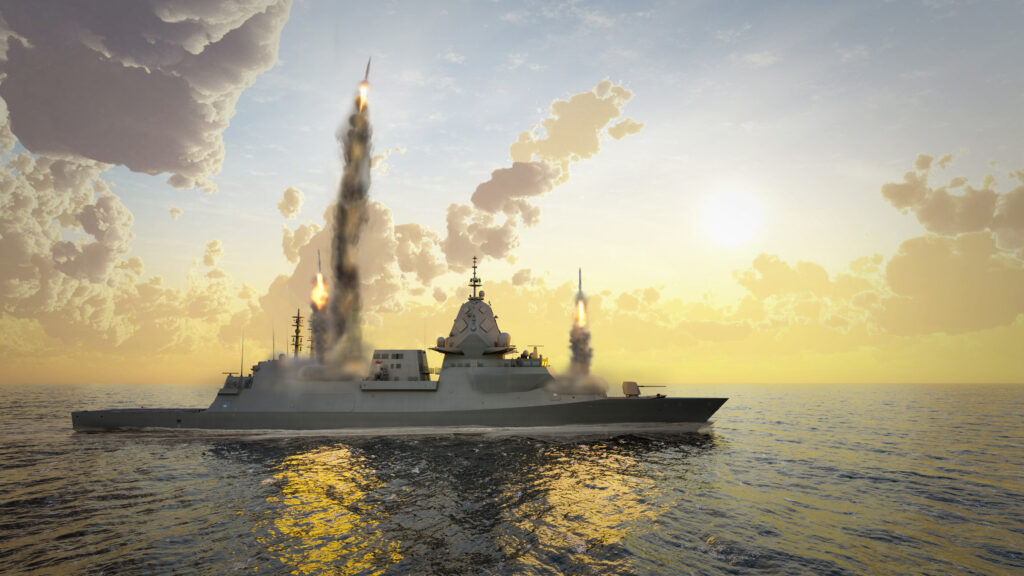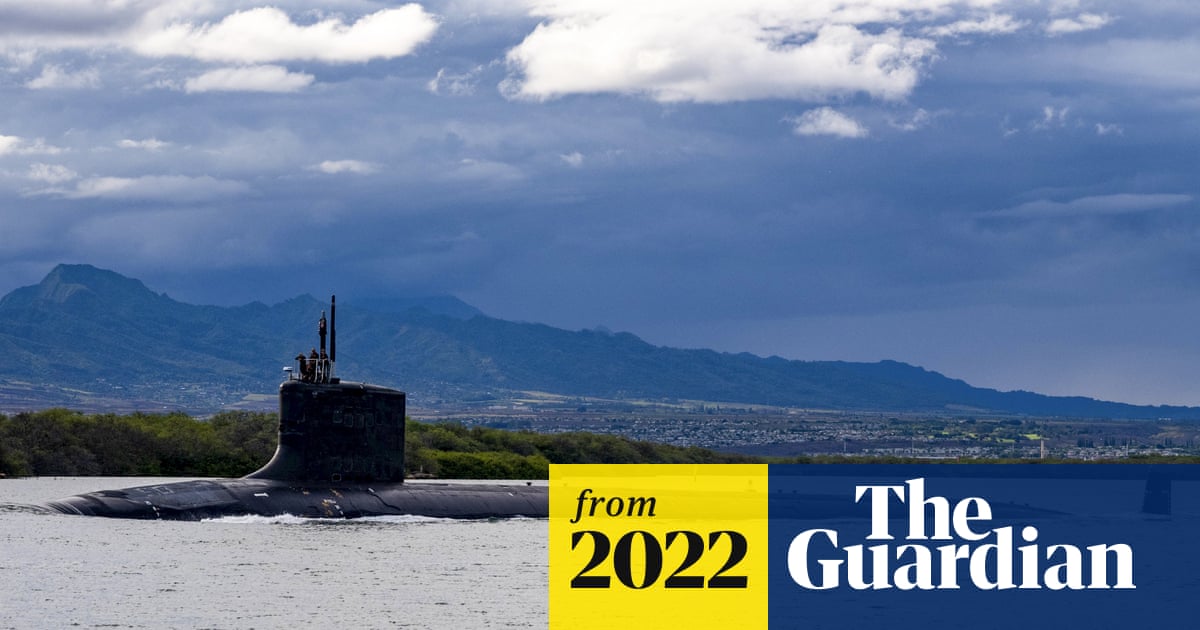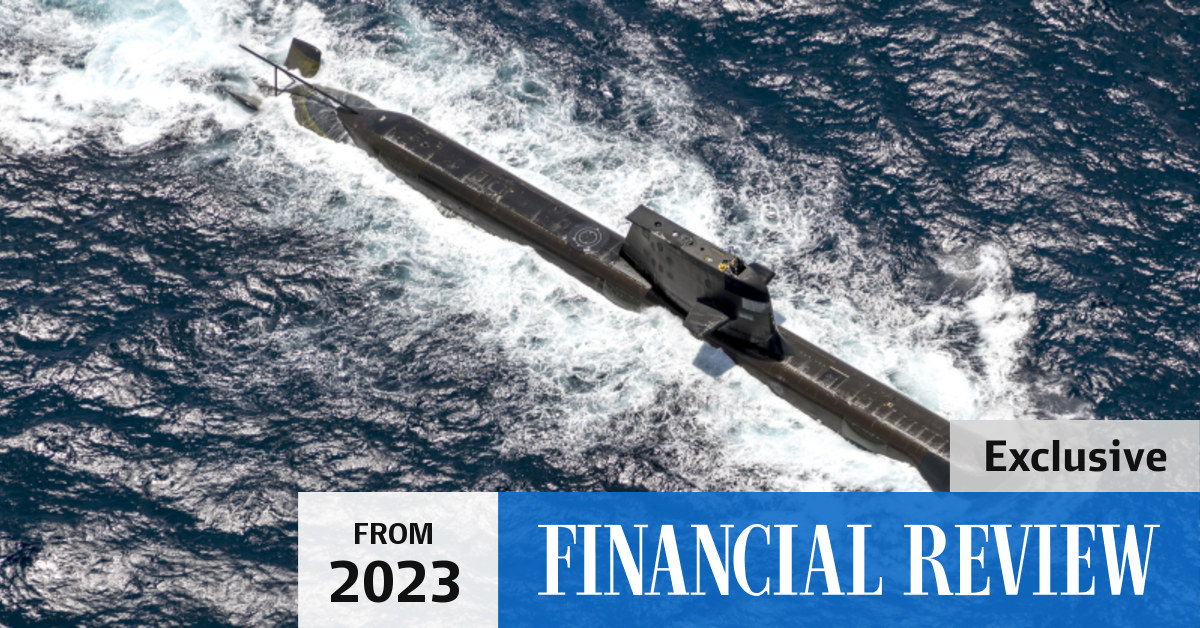- Reaction score
- 23,688
- Points
- 1,260
Oh I’m tracking there.if I can bud in, an expensive, automated ship with a reduced crew is only good until the first shell penetrates below the waterline. Would HMS
Antrim, Glasgow or Argonaut have survived in the Falklands without adequate crew to continue fighting the ship and put out the fires? all the automation in the world can't put a patch over a shell hole. My 2 cents
What I am having trouble with is reconciling the disparate views, towards ship/fleet construction.
I hope we can agree that no-one is going to put an Aegis system and other expensive things on a disposable ship.
Due to crew shortages etc there is a requirement for some sort of reduced crew on some types of Naval vessels.
I suspect that the future will see mixed fleets that have outer rings of autonomous vessels, but key vessels will still be needed to operate at full crew sizes, not just to maintain their own vessels in combat, but also provide physical security and maintenance to the optionally/minimally crewed vessels.


